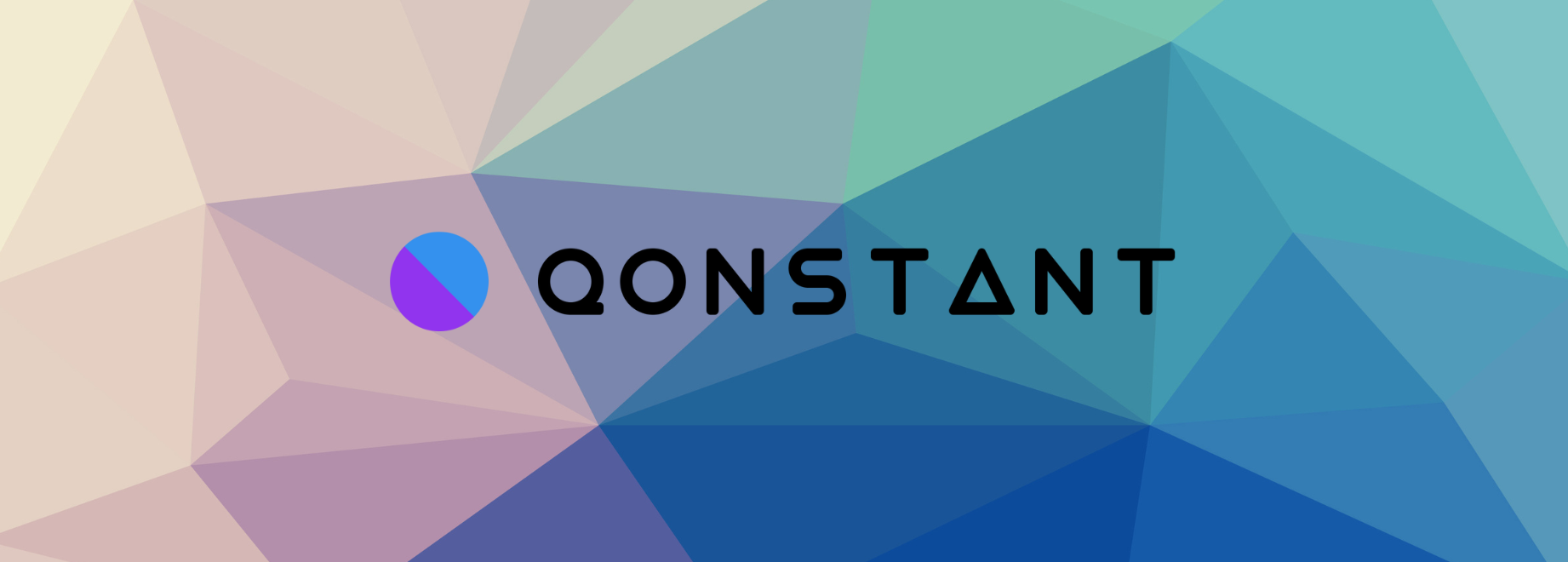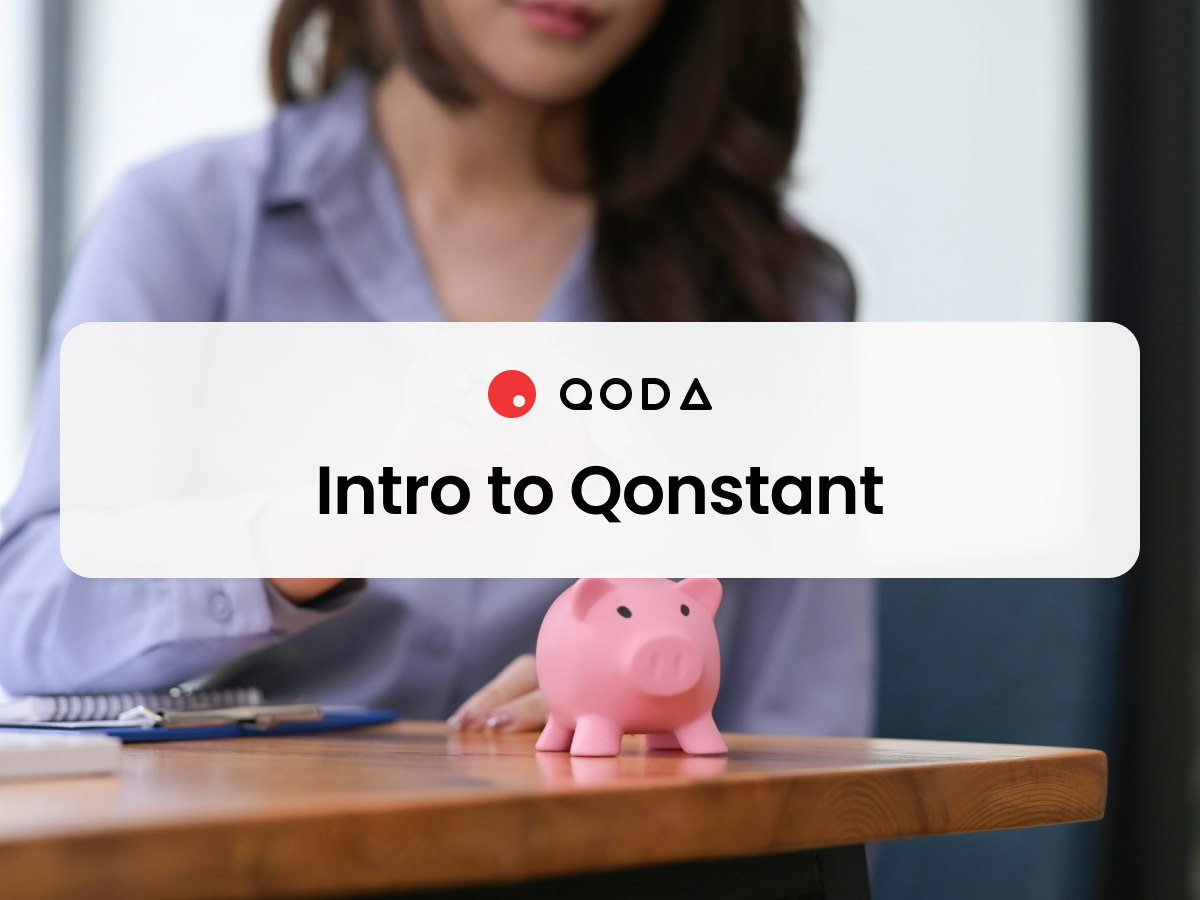Floating or Fixed?
In 2021, the US government issued more than $18 trillion in treasuries. Of this, less than 5% were issued as floating rate notes, with the rest being at fixed rates. The conclusion is clear: Historically, demand for fixed interest rates is proven to be far higher than for floating rates.
Yet in the DeFi world we see that model flipped upside down, with floating rate protocols like Compound and Aave dominating the market today. This is more due to floating rate protocols being easier to implement from a technical perspective than because of any fundamental preference by users. Users who enter the interest rates market value predictability and stability — whether it’s their cost of funding for borrowers or yields for lenders. We can expect as the space matures, the next generation of DeFi protocols that can offer stable, predictable rates coupled with ease-of-use will far outstrip the floating rate protocols of today in volumes, popularity, and overall market share.
What is Qonstant?
Qonstant (previously Qoda) is a collateralized lending/borrowing protocol for fixed rates and fixed maturities.
The Qonstant protocol implements this in a marketplace-style model akin to an orderbook for interest rates. Whereas the traded figure in a standard orderbook exchange would be the price of the token or coin, in this case the traded figure would be the APY. Users will be able to submit Quotes, or gasless limit orders (via cryptographic signatures), detailing whether they are a borrower or lender, how much they want to borrow or lend, at what APY, and for how long. Conversely, users can also browse the marketplace for existing Quotes and pick the one that suits their needs.
With an orderbook-like implementation, the goal is to encourage the mindset of thinking of interest rates as a tradeable product in and of itself. A trader who thinks rates will go up can borrow today and reverse the position by lending in the future, or vice versa. Moreover, as interest rate trades get executed across a variety of maturity dates, the trade data can be used to construct an on-chain yield curve — in traditional finance, the yield curve is the most fundamental building block on top of which more complex and interesting products can be built. Imagine having a yield curve oracle for ETH, or any other token or coin — this is data that doesn’t exist today. But it is key to bridge us to the next step in maturing the crypto fixed income space.
Qonstant introduces predictable funding costs for borrowers and predictable yields for lenders. The aim is to rethink how the crypto lending/borrowing markets should work by taking a different approach to the current incumbents like Aave and Compound. With a robust, highly liquid protocol with predictable funding across a variety of maturities, Qonstant hopes to establish itself as a central pillar of a new generation of crypto fixed income protocols that can challenge the dominance of traditional fixed income markets.

Lend or borrow on Qonstant with fixed rates!
Meet innovative crypto lending platform where your interest is predictable.
How It Works: Markets
The Qonstant protocol makes lending and borrowing possible via Markets. Each Market is its own separate orderbook defined by two characteristics: The token which the loan will be denominated in (e.g. USDC, ETH, etc) and its maturity date. To start, Qonstant will be launching quarterly expiry dates (e.g. Mar ’22, Jun ’22, Sep ’22, Dec ’22) with intent to launch more as liquidity grows. Within each Market, borrowing and lending are seen as opposite, off-setting actions, analogous to buying and selling the same asset at an exchange. However, the actions do not offset between different Markets. For example, USDC March ’22 and USDC Jun ’22 are for all intents and purposes separate, non-fungible Markets even though they are denominated in the same token.
How It Works: Lenders
Each Market is also associated with an ERC20 qToken. qTokens represent future cash flows that get minted to lenders to be redeemed for the underlying at maturity. For example, suppose a lender has lent 1,000 USDC at an all-in rate of 10% maturing in June 2022. The protocol will mint 1,100 qUSDCJUN22 tokens into the lender’s wallet. On or after June 30th 2022, the lender can then burn the qTokens to receive 1,100 underlying USDC tokens. The lender can also exit his position anytime by borrowing into the same Market at the prevailing rates. The protocol will burn the borrowed amount from their qTokens, effectively converting it back to the underlying token instead of requiring any collateral from the lender. In a similar vein, if a net borrower in the Market wants to lend, the amount will be subtracted off of their balances owed first and only any excess amount after all borrows are paid off will be minted to them as qTokens. The benefit of this system is users get the added flexibility of being able to transfer or trade their qTokens in some open market, which have an implied value at some discount rate to the underlying token, instead of being forced to hold them.
How It Works: Borrowers
For borrowers, they must deposit collateral, in the form of any token supported by the protocol, into the platform before being allowed to borrow. This system is similar to most other DeFi lending protocols which require borrowers to be overcollateralized. Any borrowers who are in danger of being undercollateralized can be liquidated by third parties, who receive a liquidation award for maintaining the health of the protocol. The overcollateralization requirement ensures that lenders will always be assured they will be repaid at all times.
While the borrower’s collateral can just sit safely within the protocol, the most capital efficient thing to do would be to generate interest on the borrower’s tokens. The protocol will offer two options. Firstly, borrowers may deposit floating interest-bearing tokens directly as collateral into the platform (think cTokens or aTokens from protocols like Compound or Aave). Secondly, borrowers may deposit the underlying tokens and authorize the protocol to automatically wrap and unwrap them into the interest-bearing equivalent tokens in the background for the borrower’s ease of use.
How It Works: Settlement Day
The day of settlement is set as the last day of the month at 16:00 UTC. Borrowers are advised to pay back all of their loans into the protocol before that timestamp. Otherwise, at 16:00 UTC, liquidators are given a one hour period in which they are authorized to liquidate any remaining borrowers in the Market, even if these borrowers otherwise satisfy the normal overcollateralization requirements. By 17:00 UTC, all the borrows in the Market would be repaid, either by the borrowers themselves or by liquidators. At this time, lenders are then authorized to redeem their qTokens in exchange for the underlying token from the protocol.
Conclusion
Fixed interest rate markets represent the next step in the growth of the DeFi fixed income world by reducing volatility for borrowers and lenders and by introducing a yield curve primitive. A whole host of new fixed income products can then be built on top of these building blocks. Qoda’s ultimate goal is to foster the growth and maturity of the DeFi fixed income markets as a whole. We hope you’ll join us in fulfilling that mission together.
